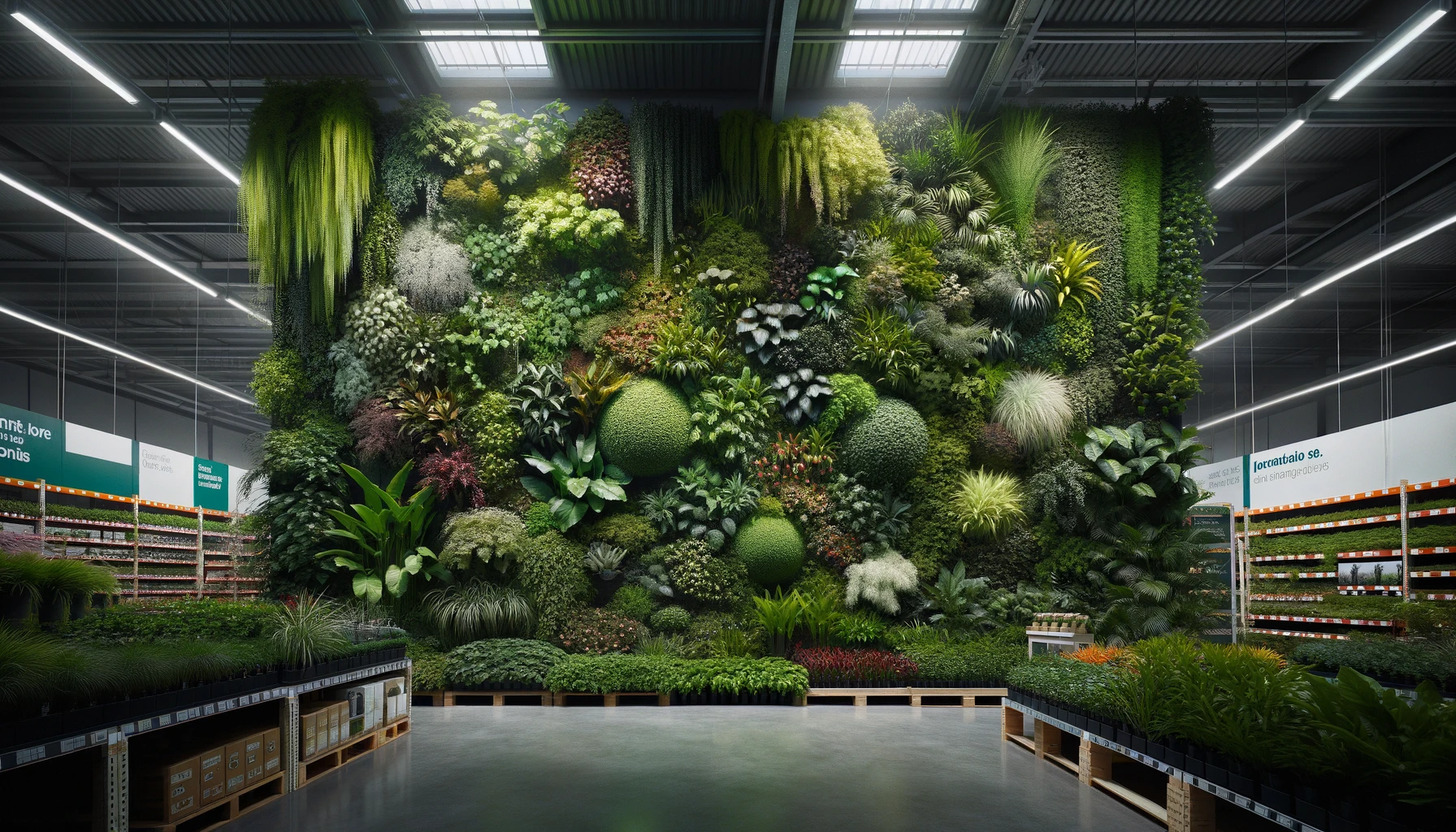
-
Overview
Indoor plants are a delightful way to bring a touch of nature into your home, making your living spaces not only aesthetically pleasing but also healthier. These green companions come in various shapes, sizes, and colors, making it easy to find the perfect indoor plant to suit your style and needs.
Indoor plants offer numerous benefits, such as improving air quality, reducing stress, and adding a sense of tranquility to your environment. Whether you're a seasoned plant enthusiast or a newbie, exploring the world of indoor plants can be a rewarding and enjoyable experience.
-
Frequently Asked Questions
1. How often should I water my indoor plants?
The watering frequency depends on the type of indoor plant and the conditions in your home. A good rule of thumb is to water when the top inch of soil feels dry. Be sure to adjust your watering schedule based on factors like humidity and light levels.
2. What are some low-maintenance indoor plants for beginners?
If you're new to indoor gardening, consider starting with plants like snake plants (Sansevieria), pothos, or peace lilies. These are relatively hardy and require minimal care.
3. Can indoor plants thrive in low-light conditions?
Yes, some indoor plants, like ZZ plants and cast iron plants, can tolerate low-light environments. However, they may grow more slowly and require less frequent watering in such conditions.
4. How do I prevent pests and diseases in my indoor plants?
To prevent common pests like mealybugs and spider mites, regularly inspect your plants and wipe down the leaves with a damp cloth. Ensure good air circulation, avoid overwatering, and use a well-draining potting mix to reduce the risk of root rot.
5. What are the best pots for indoor plants?
Choose pots with drainage holes to prevent overwatering. Terra cotta pots are excellent for plants that prefer drier conditions, while plastic or ceramic pots work well for moisture-loving plants.